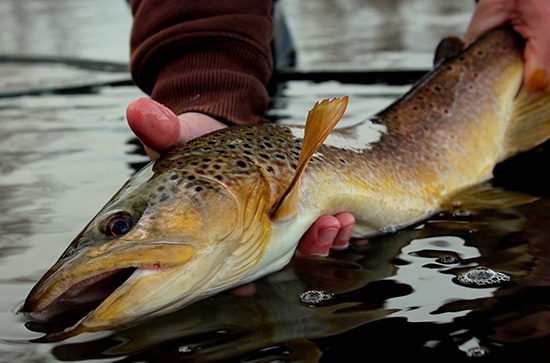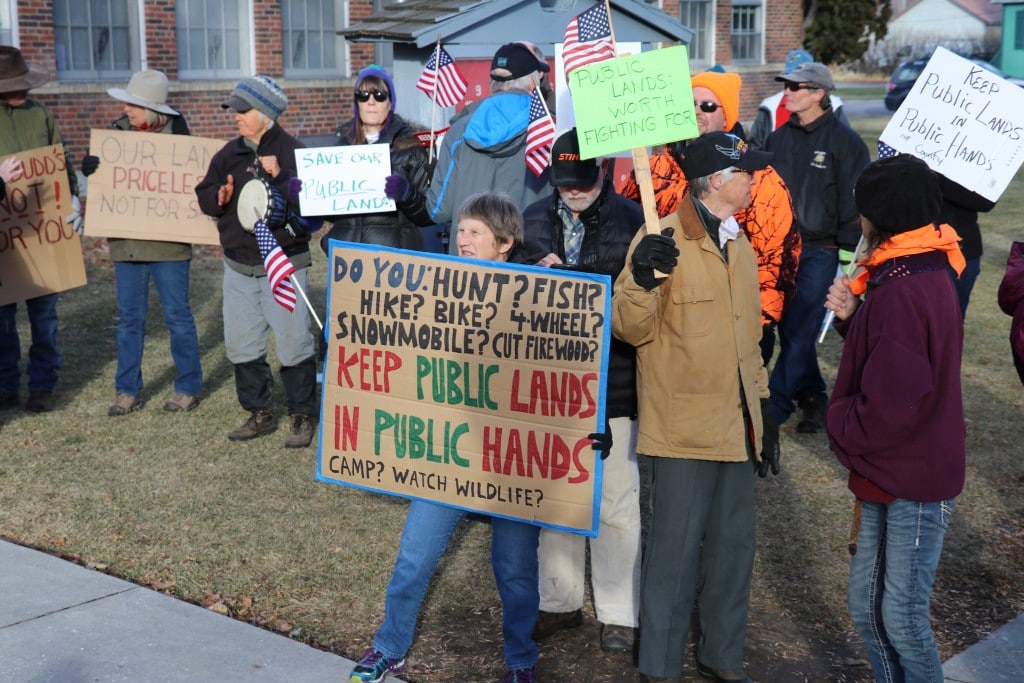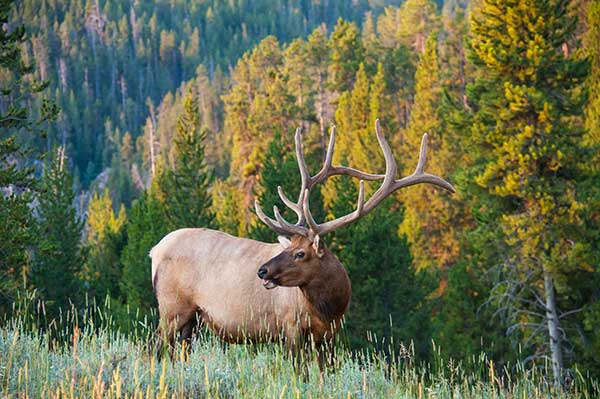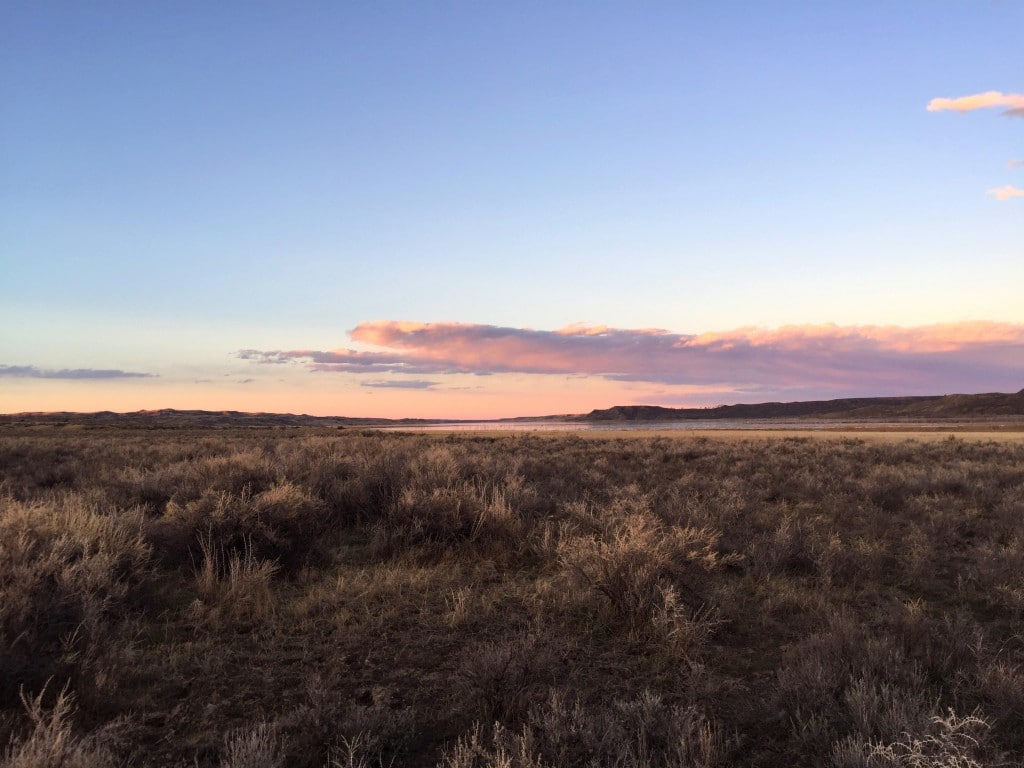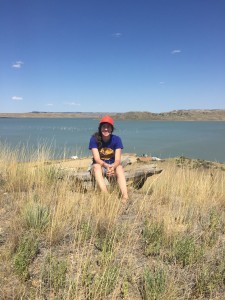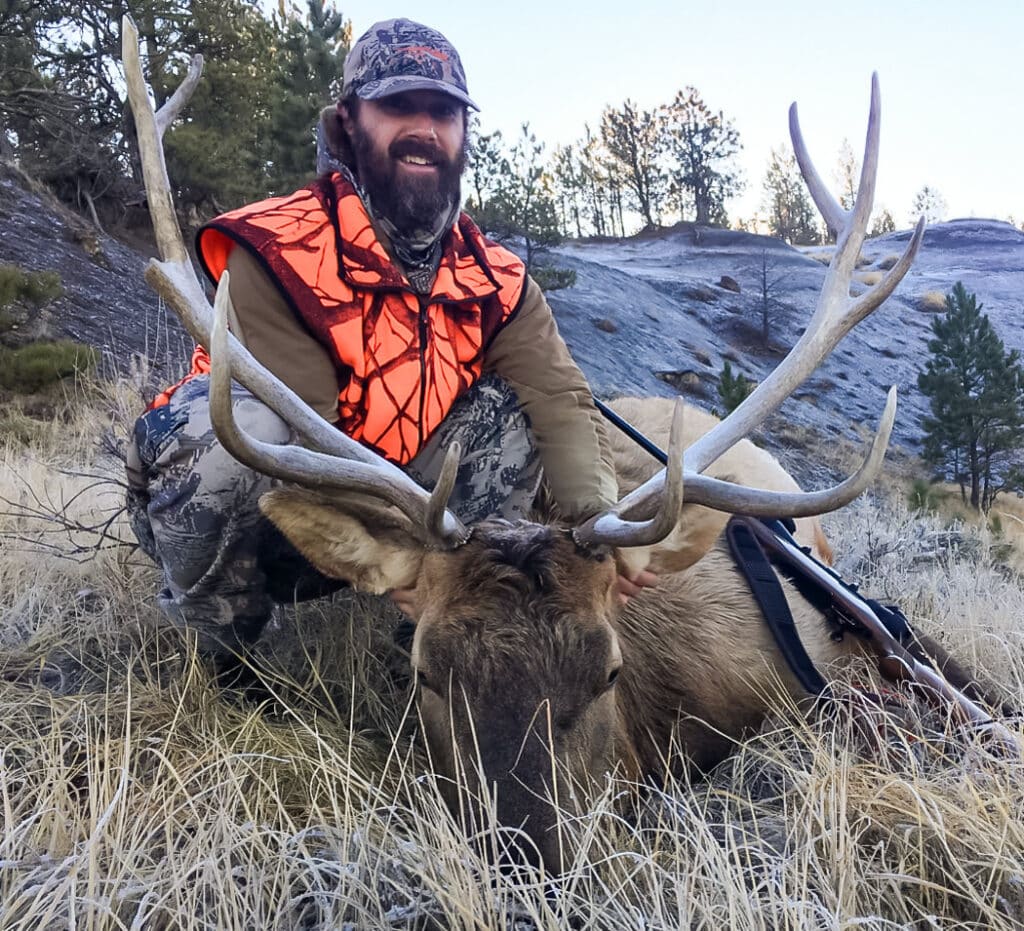Business owners, landowners, hunters and anglers laud Rep. Greg Gianforte’s decision to introduce two bills that will protect Montana’s public lands, waters, and outdoor economy. The Yellowstone Gateway Protection Act withdraws minerals rights from federal land in Paradise Valley, while the East Rosebud Wild and Scenic Rivers Act would conserve a portion of the creek north of Yellowstone.
His introduction of the two bills come with broad support throughout Paradise Valley, Gardiner and Livingston, Red Lodge, and Billings. Many local businesses rely upon the integrity of the landscape, abundant wildlife, pristine watersheds, and the unspoiled scenic beauty. In introducing the bills, Gianforte said “In some areas, the best use of our natural resources and treasures is conservation and recreation.”
The Yellowstone Gateway Protection Act is a companion bill to a bill introduced earlier this year by Senator Jon Tester. It would withdraw mineral rights on federal land in Paradise Valley, banning new mining operations.
“The Yellowstone Gateway Protection Act mean cold, clear water for trout, boaters and irrigation. It means elk and bighorn sheep can keep migrating in and out of the park. It recognizes the Yellowstone River as the pulsing, living main artery of Paradise Valley,” said John Salazar, MWF Board Member and Livingston resident. “Our ranches, our recreation, our families, our jobs, if not our very souls rely on clean water and access to our public lands.”
The East Rosebud Creek bill would preserve in perpetuity this incredibly scenic, glacially carved valley with high granite faces, alpine lakes, large waterfalls, and snow-capped peaks. East Rosebud Creek offers white water rafting opportunities and is a blue ribbon trout fishery.
“Montana’s Paradise Valley and the East Rosebud Corridor are crucial pieces of the Montana conservation puzzle,” said JW Westman, MWF Board Member. “Gianforte listened to local stakeholders and introduced common sense bills, Congress should pass these bills and protect these areas for all to enjoy.”
MWF strongly supports the two bills, and applauds Gianforte for standing up for Montana hunters, anglers, local businesses, and booming outdoor economy. Visitors come from around the world every year to the Greater Yellowstone ecosystem to experience the pristine land and water, and marvel at the abundance of fish and wildlife. Rep. Gianforte’s bill will help ensure that future generations will be able to have the same experience. That is something that Montanan’s support and Congress should get behind!

